The next woman who proudly tells me that she is a conceptual artist is going to get a smack.
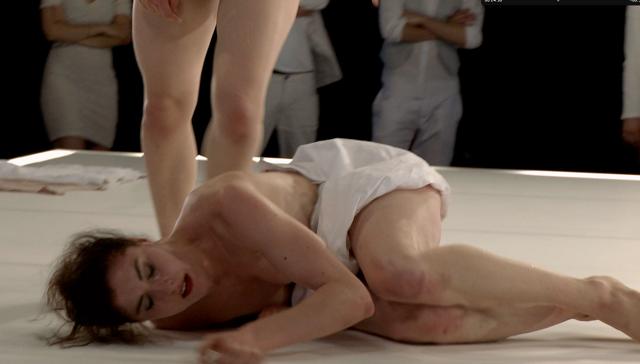
Conceptual art has consistently alienated the public. Moreover, women adopting a conceptual process are participating in the eradication of the pioneering feminist body experiments of the 1970s. Which reveals why dance has justifiably invaded the museum space.
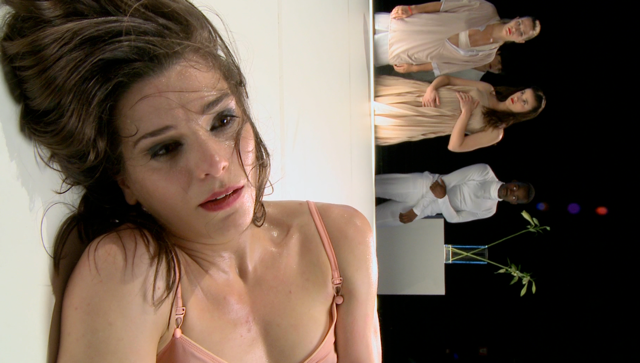
The body is the heartbeat and the breath connecting us to life. These vital functions reverberate through the sexual act as they do through Mike Figgis' remarkable film of Flemish/Dutch choreographer Ann Van den Broek's Co(the)lette, an unsparing ontological experience of the female body pushed to its limits.
While the film might as well be called "the death of sex," the title of the dance is a play on words, between côtelette (French for meat cutlet) and Colette. The latter refers to not only the renowned writer who brought sexuality to the forefront while breaking down the literary boundaries between art and life, but the name itself, meaning "victory of the people."
This dance film is a victory for the people in the manner that it portrays the female body as the battleground for the birth of the new. An obvious, superficial reaction to both the dance and the film is in its unsparing close ups of the self-inflicted violence on the female body in the name of what -- it isn't quite clear. Truth? Beauty? And yet, by encapsulating the duality of beauty/ugliness in women's relationships with their bodies, the film also manages to contain a contemporary myth of descent and rebirth as a contemporary ritual of female awakening.
For instance, at one point a dancer is stripped naked and flung on the floor and dragged by the other two in a Christ-like position of surrender and death, leading to a rebirth.
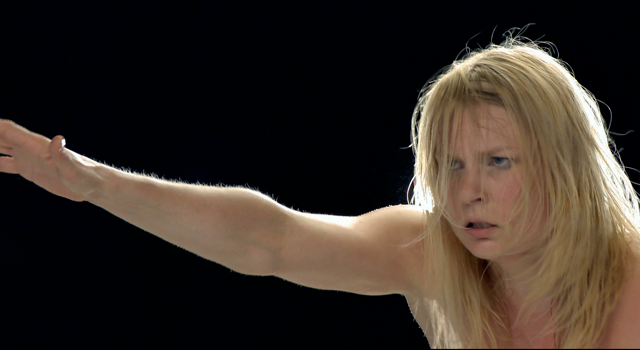
The director behind the camera invaded the dance space to obtain his extreme close-up images and vital body sounds that drowned out the score. To some extent, he had to cross the line from observer to participant -- pushing the dance itself in an entirely unknown direction. And indeed, there is victory embedded in the gender equation; female choreographer and male filmmaker contain the dynamism of opposites.
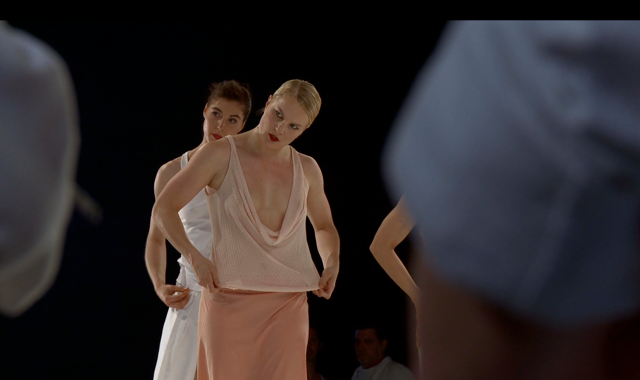
This unique collaboration, remarkable in the unbarred intensity burning through the screen, would seem to resolve, for once and for all, questions of pornography versus art by revealing what lies beyond the male gaze: the female awakening. The images of the body pushed to its limits through brutal repetition are highly charged with what we commonly label as "sexual energy," yet these images reveal the authentic multifaceted face of woman, in her heartbreaking entirety, breaking free from painfully obsessive patterns of behavior.
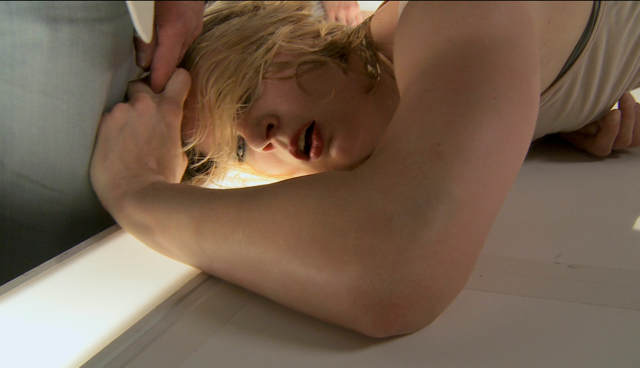
This alone reveals that the dance film, which has struggled for definition, has found its own form. The presence of the camera shifts the emphasis from body movement to facial expression, and more and more dance companies are using film backdrops for this purpose. The camera pushes further into the unknown to reveal something we are not accustomed to seeing: white women in trance.

Until then, Mike Figgis has delivered Van den Broek's truly avant-garde choreography to a global audience, catalyzing discussion far beyond the insular world of dance. Meanwhile, he is leaving some critics wondering what he will do for an encore -- hopefully, a feature film that gives dramatic narrative to this process of the erotic awakening into the coniunctio, before the camera, as well as behind the scenes. What a (r)evolution that will be!
The Co(te)lette Film is available on iTunes.
The Co(te)lette Film stills by Mike Figgis and used by permission from the filmmaker.
Lisa Paul Streitfeld, a cultural critic seeking innovative forms for 21st century art, is a Ph.D candidate at European Graduate School.